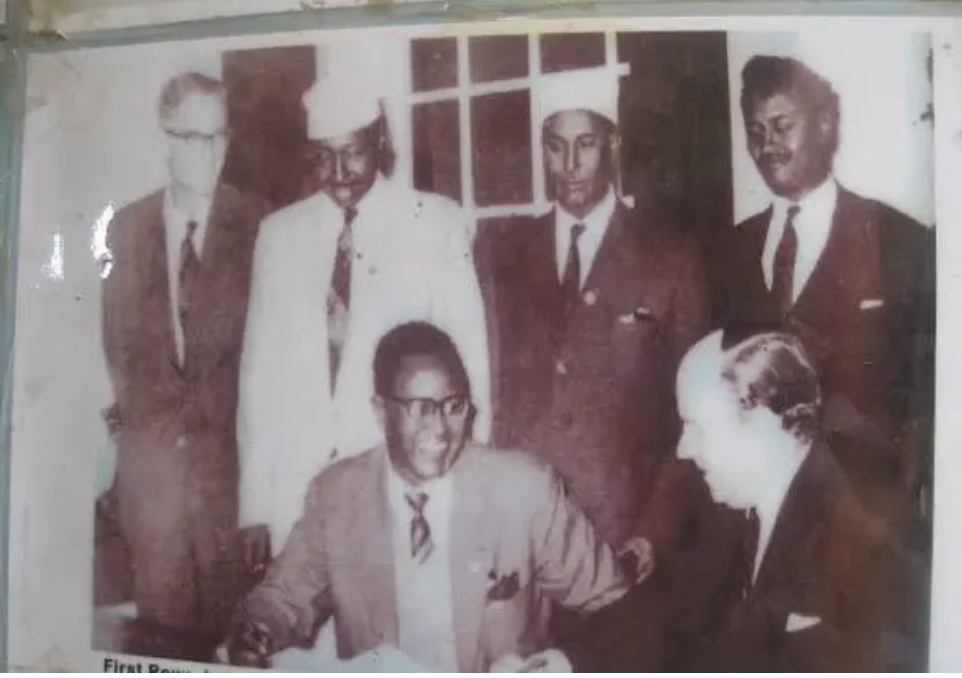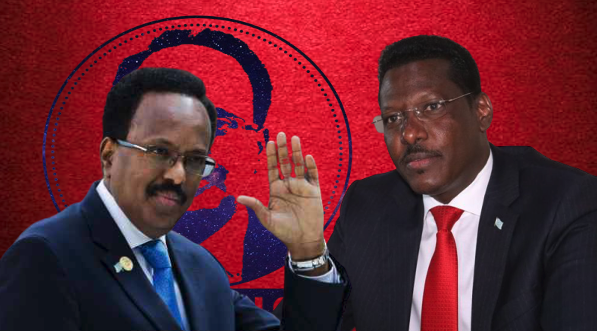Since 1993 two African countries have joined the community of nations after a referendum that had paved the way for secession. Unlike Somaliland administration, neither Eritrea nor South Sudan unilaterally seceded from Ethiopia and Sudan respectively…
The justification provided by Somaliland Administration for secession is premised on the established political fact that the ex-British Somaliland Protectorate gained independence on 26 June 1960, five days before Somalia gained independence on 1 July 1960.
To what extent can the Somaliland administration interpret this political fact as a legal fact to justify the unilateral secession declared in Burao on 18 May 1991? To be able to answer this question, one has to refer to the 1960 Somaliland Protectorate Constitutional Conference report. The thirty-seven-page report contains useful legal and historical information on two aspects of the sovereignty of Somalia: The Union and citizenship.
The secession claim of Somaliland posits that the Union was dissolved in 1991, after the fall of the military dictatorship and the subsequent declaration of Somaliland as a self-proclaimed but unrecognised republic. The political leaders who met in Berbera before May 18, 1991 to review the Act of the Union endorsed secession without changing the Constitution of Somali National Movement.
The outcome of the 1960 Somaliland Protectorate Constitutional Conference makes unilateral secession a legally indefensible proposition. Somaliland Protectorate leaders agreed to an unconditional union with Somalia. “On 6th April, all the elected members of the Protectorate Legislative Council supported a resolution in favour of independence and union with Somalia on 1st July. As the Prime Minister said in the House of Commons on 11th April, Her Majesty’s Government (sic) understand the deep feelings behind this Motion” reads the report.
Two points stand out from the quote above: (1) the consensual nature of the Union and (2) the process to decolonise Somalia and assist its leaders with the task of nation-building preceded the independence of Somaliland Protectorate.

The South had political parties, and was more prepared for parliamentary democracy than the Somaliland Protectorate was. The indirect rule in Somaliland Protectorate empowered traditional leaders at the expense of politicians.
The Union of the two provinces brought to light a distinct mismatch between state-building approaches adopted by the new republic’s southern and northern elites. In the South, trusteeship provided southern elites with an opportunity to consolidate the Somali political identity, to which Somali Youth League and other political parties had given expression. Northern political leaders did not have similar experience in rudimentary pre-independence nation-building.
Despite the limited political space severely affected by the primacy of the indirect rule, Northerners endorsed Union with the South. Politically and economically the South had considerable advantage over the North where dearth of human capital could scupper the negotiated independence had they not made their support for the Union clear before 26 June 1960.
The Somaliland Protectorate Constitutional Conference defined Somali citizenship in broad terms: “Somali means any person whose mother tongue is the Somali language and who follows Somali customs.” The decision to not circumscribe the Somali identity to neither social groups nor “tribes” that signed Protectorate Agreements with the British Empire reflects the exceptional political acumen of the traditional and political leaders of the North. Colonial powers recognised the indivisibility of the pre-independence Somali political identities so much so that when a Somali from Mudug (under the Italian colonial administration) was killed by a Somali (in British Somaliland Protectorate), the culprit had to be arrested before the family of the deceased had received blood-money (diya).
The definition of the Somali citizenship formulated by the participants of 1960 Somaliland Protectorate Constitutional Conference continues to form the bedrock of the Somali citizenship, a constitutionally binding right of which Somaliland Administration has lost sight of when it authorised the forced displacement of more than 1600 Somali citizens in Las Anod several months ago. It was equally misleading and discriminatory for the Federal Government of Somalia to allow for the inclusion of a clause on free movement of Somalis in 2019 Somalia-Somaliland talks, a misguided concession that partly resulted in the forced displacement.
When Somalia’s International Partners urge Somaliland Administration to talk to Mogadishu about secession, they remind Somaliland leaders of their obligations under the international law and the African Union Charter. No part of a country can claim to have unilaterally seceded from the country in question. The law against annexing a territory of a sovereign country applies to unilateral secession. The sooner Somaliland Administration leaders pay attention to those principles and revisit principles expounded in the report on the 1960 Somaliland Protectorate Constitutional Conference the better.




